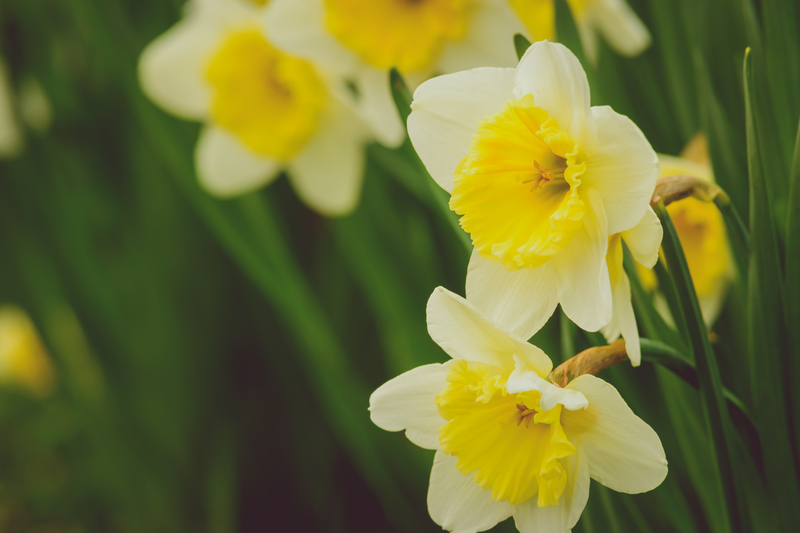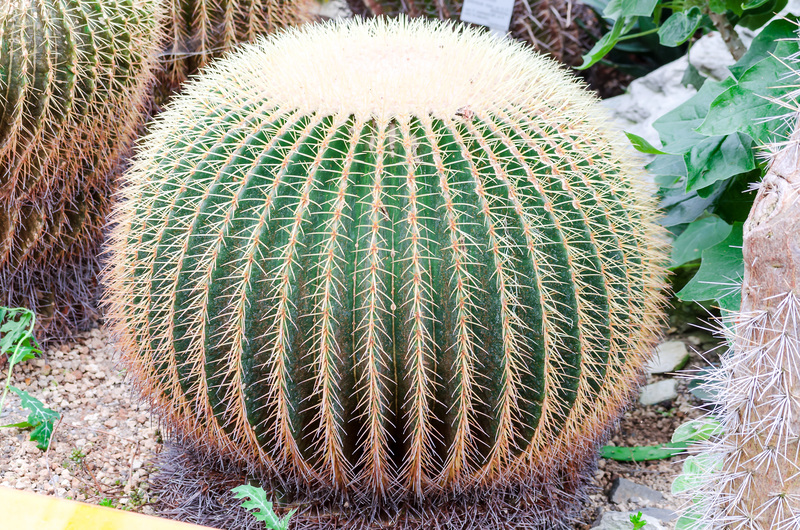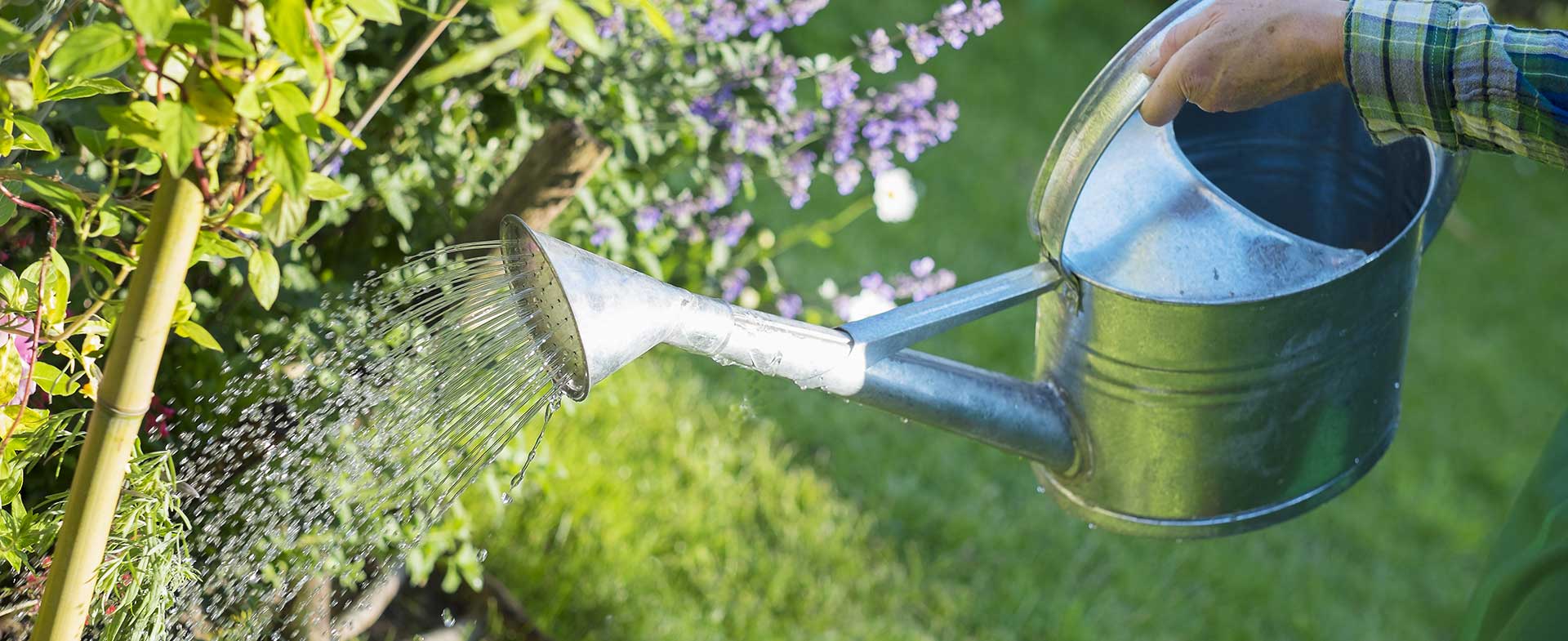Orchid Success: Best Practices for Care
Posted on 19/05/2025
Orchid Success: Best Practices for Care
Orchids are among the most beloved and captivating houseplants in the world. Their outstanding blooms, fascinating shapes, and remarkable variety make them an all-time favorite with both novice and seasoned gardeners. Yet, achieving orchid success can sometimes feel elusive, particularly for those new to their care. This comprehensive guide will provide you with expert advice, actionable tips, and time-tested techniques to ensure your orchid thrives year-round. Whether you are nurturing a Phalaenopsis, Dendrobium, or Cattleya, you'll discover everything you need for best practices in orchid care.

Understanding Orchids: A Brief Overview
Before diving into the best practices, it's essential to understand what makes orchids unique. The Orchidaceae family includes over 25,000 species and more than 100,000 hybrids. Unlike most houseplants, orchids have specialized needs regarding light, watering, humidity, and potting media. Here are some popular types:
- Phalaenopsis (Moth Orchid): Ideal for beginners and known for long-lasting blooms.
- Dendrobium: Features cane-like stems and often produces multiple flower spikes.
- Cattleya: Famous for their fragrant, showy blossoms, commonly used in corsages.
- Oncidium: Known as "dancing lady" orchids for their frilly flowers and light scent.
Each variety has slightly different preferences, but all orchids thrive with the right balance of light, humidity, water, and airflow.
Choosing the Right Orchid Variety
Not all orchids are alike. Some are more forgiving than others, especially for beginners. When starting your orchid cultivation journey, consider these factors:
- Environment: Assess the humidity and temperature in your space. Some orchids prefer warm, humid conditions, while others tolerate cooler airflow.
- Light Levels: Windowsill light can vary; some orchids, like Phalaenopsis, thrive in moderate indirect light, while others need bright, filtered sunlight.
- Personal Preference: Consider your favorite flower colors, shapes, and fragrances.
Start with robust, widely-available species such as Phalaenopsis or Dendrobium if you're new to orchid care.
Expert Tip:
Always purchase orchids from reputable growers or garden centers to ensure your plants are disease-free and healthy.
Lighting Requirements for Orchids
Understanding Orchid Lighting Needs
Lighting is one of the most critical factors in determining orchid success. Orchids are epiphytes in nature, growing on trees beneath forest canopies where they receive dappled sunlight.
- Bright, indirect light: Most orchids, such as Phalaenopsis, prefer this setting. Too much direct sun can scorch leaves, while too little hampers blooming.
- Leaf Color as an Indicator: Healthy orchid leaves are light to medium green. Dark green leaves indicate insufficient light, and yellowish leaves signal excessive sunlight.
Best Practices for Orchid Light Placement
- Place orchids near east-facing windows for gentle morning sun.
- Use sheer curtains to diffuse light if placing in a south or west window.
- Artificial grow lights can supplement light in low-light homes; aim for 12-16 hours of light daily.
Pro Tip: Rotate your orchid occasionally so all sides receive balanced light exposure.
Watering Orchids: What You Need to Know
Overwatering is the most common cause of orchid failure. However, underwatering can lead to dehydration and poor blooming. Finding the right balance is key for healthy orchid care routines.
How Often Should You Water Orchids?
- Check the potting media: Only water when the top inch feels dry to the touch.
- General guideline: Water once a week in warm months and every 10-14 days during winter.
- Understand your orchid's species: Some, like Dendrobium, require more frequent watering during their active growth phase.
Watering Best Practices
- Water in the morning so excess moisture can evaporate during the day.
- Use lukewarm, distilled, or rainwater to avoid mineral build-up.
- Let water drain freely through the pot's drainage holes--never let orchids sit in water.
- Consider a "soak and dry" method, immersing the pot and then letting it drain thoroughly.
Remember: Orchids prefer being a bit dry rather than too wet!
Humidity: Creating the Perfect Orchid Environment
Orchids adapted to the natural humidity of tropical jungles will thrive indoors with humidity levels between 40-70%. However, many homes, especially in colder months, have much lower humidity.
Maintaining Ideal Humidity for Orchids
- Group plants together to create a microclimate with higher humidity.
- Use a humidity tray filled with pebbles and water beneath your orchid pots.
- Mist leaves (not flowers) using a fine spray bottle, especially in the morning.
- Place a humidifier nearby for consistent humidity in dry climates.
Note: Avoid placing orchids near heating vents or air conditioners, as these can rapidly dry out the air and plant.
Potting Media and Repotting for Orchid Success
Orchids do not grow in regular potting soil. Instead, they thrive in special orchid mixes that provide excellent drainage and airflow to the roots.
Best Orchid Potting Mixes
- Bark chips (fir, pine, coconut husk)
- Sphagnum moss (holds moisture; ideal for young orchids)
- Perlite or charcoal (improves drainage and aeration)
The choice of media depends on your orchid type and your watering habits.
Repotting Guidelines
- Repot every 1-2 years or when the potting mix breaks down and retains too much water.
- Choose a pot only slightly larger than the root mass.
- Carefully remove old media and trim away dead roots during repotting.
You can repot after blooming to minimize stress on your plant.
Fertilizing Orchids Properly
Nutrient needs for orchids are minimal but essential for robust growth and flowering. Correct fertilization is a vital part of successful orchid care.
Orchid Fertilizer Guidelines
- Use a balanced orchid fertilizer (20-20-20) diluted to half strength.
- Fertilize "weakly, weekly" during the growing season (spring and summer).
- Reduce to once a month during fall and winter or when the orchid is dormant.
- Rinse the media with plain water monthly to avoid fertilizer salt build-up.
Never fertilize dry roots! Always water first, then feed.
Pest and Disease Management for Healthy Orchids
One of the keys to orchid success is early detection and management of pest or disease problems.
Common Orchid Pests
- Aphids and mealybugs
- Scale insects
- Spider mites
- Fungus gnats
Best Practices: Inspect your orchid weekly for sticky leaves, spots, or webbing. Use a cotton swab dipped in alcohol to wipe off pests, and treat severe infestations with insecticidal soap.
Orchid Diseases to Watch For
- Root rot: Caused by overwatering and lack of drainage.
- Leaf spots: Fungal or bacterial infections.
- Viral symptoms: Mottled, yellowing, or streaked leaves.
- Remove affected areas and improve air circulation.
- Sterilize tools between plants.
- Isolate newly purchased orchids for two weeks before introducing them to your collection.
Orchid Pruning and Maintenance
Regular maintenance helps promote healthy growth and prolonged blooms.
Pruning and Grooming Tips
- Remove spent flowers to encourage reblooming.
- Cut back yellowing or dead leaves with sterile scissors.
- Prune back flowering stems (spikes) based on species--some will rebloom from old spikes, while others will not.
- Keep the area around the orchid free from debris to deter pests and disease.
Encouraging Your Orchid to Bloom Again
One of the most rewarding aspects of orchid care is witnessing your plant bloom again and again. However, reblooming orchids can be challenging for some growers.
Key Strategies for Orchid Reblooming
- Maintain optimal light, temperature, and humidity year-round.
- Simulate seasonal changes--some orchids, like Phalaenopsis, require a drop in nighttime temperature by 10-15?F for several weeks to trigger new flower spikes.
- Keep up with regular feeding and hydration schedules, especially during active growth periods.
Practice patience--well-cared-for orchids will reward you with beautiful blooms, sometimes lasting months!
Common Orchid Care Mistakes to Avoid
- Overwatering: The leading cause of root rot--always allow the medium to dry before the next watering cycle.
- Neglecting Humidity: Low indoor humidity leads to limp leaves and failed blooms.
- Wrong Potting Mix: Never use regular soil. Always use an orchid-specific mix for drainage and aeration.
- Ignoring Pests: Early intervention is vital for comprehensive orchid health.
- Lack of Patience: Orchids operate on their own timeline--never rush repotting, fertilizing, or pruning.
Essential Orchid Care Supplies Checklist
- Transparent pots: Allows monitoring of root health.
- Orchid mix: Choose the right blend for your species.
- Watering can: With a narrow spout for precise watering.
- Humidity tray or room humidifier: For consistent humidity.
- Fertilizer: Specialized orchid food for blooms and growth.
- Sterilized scissors or shears: For safe pruning.
- Grow lights (optional): If your growing area lacks adequate light.

Frequently Asked Questions on Orchid Care Success
1. How do I know my orchid is healthy?
A thriving orchid will have firm, green leaves, plump roots (often visible through clear pots), and regular growth. Soft, yellowing leaves or shriveled roots are signs of trouble.
2. How can I encourage more blooms on my orchid?
Ensure your orchid receives enough light, experiences slight temperature drops at night, and remains properly hydrated and fertilized. Some species have specific blooming triggers--research yours for the best results.
3. What's the ideal temperature range for orchids?
Most orchids prefer daytime temperatures between 65-80?F (18-27?C), with nighttime drops of 10-15?F (6-8?C), especially to initiate flowering.
Conclusion: Cultivating Orchid Success
Caring for orchids is both an art and a science. By mastering best practices for orchid care--from providing the right light and humidity to attentive feeding and flexible watering--you'll unlock the full splendor of your orchid collection. Remember, each species has its quirks, but all require patience, observation, and a gentle touch. With dedication and the insights outlined in this guide, orchid success is within your reach. Let your orchids dazzle you with their enduring blooms and unique beauty all year round!
Share your own orchid tips, favorite varieties, or success stories in the comments below, and keep growing your knowledge for ever more flourishing blooms!

